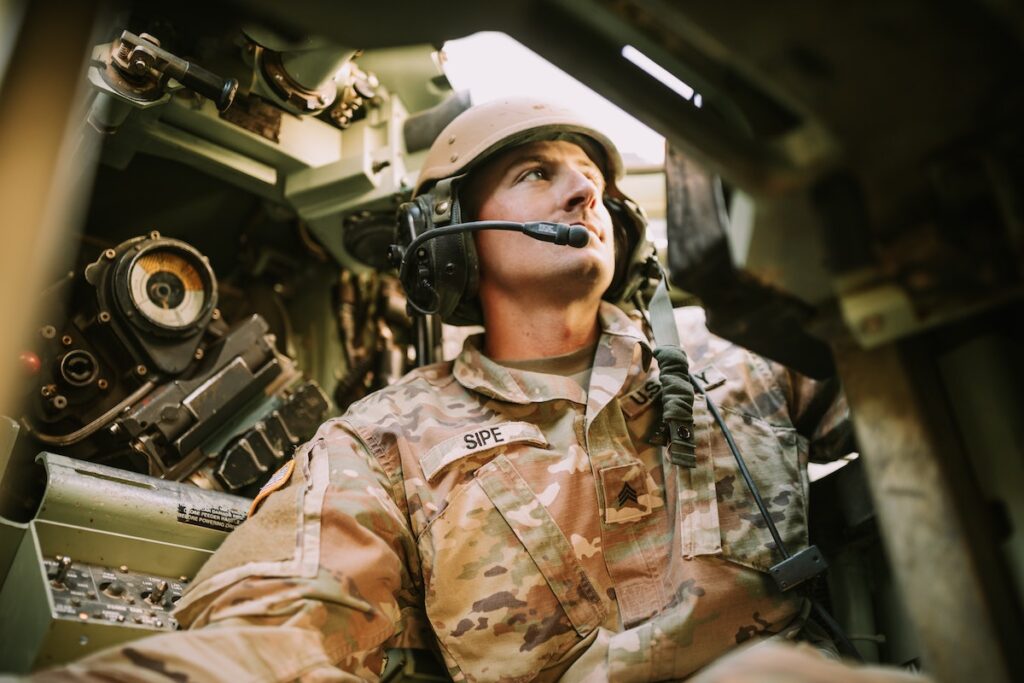Army inspections led to finding over 2000 instances of mold. Based on this discovery, the Army initiated a service-wide protocol to identify and report mold sooner rather than later.
The military’s search for mold will include all offices, barracks, and childcare facilities in over 2000 locations, adding mold prevention to every soldier’s basic rights.
The Army’s battle against mold may be familiar to homeowners and renters alike.
Areas of high humidity especially prone to mold
Barracks such as those in Fort Bragg, N.C., are especially prone to mold due to a high degree of humidity. Small black spots could be seen on the ceilings and covering ceiling vents.
While opening windows has been known to help clear the air in the Spring, in the warmer months, mold proliferation can be enhanced through a gust of humid summer air. Soldiers have been instructed to use an iPhone app to request maintenance for their barracks.
Last year, severe mold concerns forced over a thousand soldiers at Fort Bragg to relocate to a new barracks, with twelve of the mold-infested barracks being demolished.
The issues at Fort Bragg, along with instances of mold overgrowth in Georgia and Maryland, caused the Armed Forces to take a tough stance on mold detection and removal, initiating service-wide inspections.
Today, the Army has enlisted the assistance of half a million soldiers to help diminish health problems related to mold, which can range from mild to life-threatening, depending on each person’s sensitivity level.
Establishing a mold-detection protocol
The first step for the Army Installation Management Command, a unit responsible for building maintenance, was to create the parameters for defining mold problems and cleaning them up.
The unit incorporated timely guidelines established by the Army Public Health Center. Members of the unit apply the same standards to every inspection, creating consistency in how they deal with the problem.
The second step was to focus on soldier and civilian education, helping people to better understand the impact of mold and how to stop it from spreading. Each base will be carefully inspected, with mold tracked by sophisticated software programs that can notice trends and put energy into those areas with the highest mold concentration. Reports of mold are now addressed within 24 hours.
Mold as a nationwide concern
The Army’s mold problem is part of a larger trend in the nation, with around 47% of homes in the nation suffering from mold issues.
It isn’t easy to properly prevent mold from forming when all it takes is a little moisture, and mold often develops in areas that are difficult to inspect, such as inside walls.
The Army is teaching soldiers to tell the difference between mild and more serious instances of mold. If mold covers more than ten square feet or shows up in ventilation systems, the military will employ a work crew to take over. When mold has seriously compromised entire buildings, the Army simply tears down those structures.
This story was first reported by the American Homefront Project, a media outfit that reports on military affairs.


